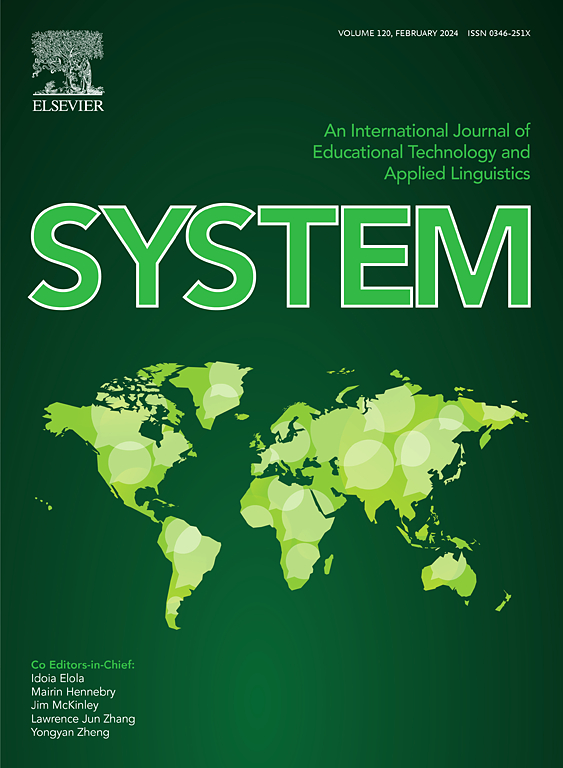多胺的微生物代谢和转运及其在动物肠道平衡中的作用的研究进展
IF 6.5
1区 农林科学
Q1 Agricultural and Biological Sciences
引用次数: 0
摘要
多胺(腐胺、亚精胺和精胺)是原核生物和真核生物中普遍存在的脂肪族化合物。带正电的多胺与带负电的大分子结合,如核酸和酸性磷脂,参与细胞增殖、分化、凋亡和基因调控等生理活动。细胞内多胺水平受生物合成、分解代谢和运输调节。人体内的多胺有两个主要来源:饮食摄入和肠道微生物代谢。然后,这些多胺被输送到血液中,通过血液分布到各种组织和器官,发挥它们的生物功能。肠道微生物合成的多胺具有双重关键作用。首先,它们对于维持消化道内的多胺浓度至关重要。其次,通过转录和转录后机制,这些微生物衍生的多胺调节肠上皮细胞关键过程的基因表达,包括增殖、迁移、凋亡和细胞间相互作用。总的来说,这些调节作用有助于维持肠上皮稳态并确保肠道屏障的完整性。此外,多胺与肠道菌群相互作用,通过促进微生物生长、生物膜形成、蜂群、内吞泡生成等方式维持肠道内稳态。补充多胺已被证明在调节宿主肠道微生物组成,促进营养吸收,改善代谢和免疫方面具有重要作用。本文就多胺在肠道微生物和肠上皮细胞中的代谢和转运的研究进展作一综述。综述了多胺在肠道内稳态中的作用,探讨了多胺在细胞和分子机制方面的研究进展及其临床应用潜力,并为多胺代谢作为治疗肠道疾病的重要靶点提供了理论依据。本文章由计算机程序翻译,如有差异,请以英文原文为准。
Research progress on the microbial metabolism and transport of polyamines and their roles in animal gut homeostasis
Polyamines (putrescine, spermidine, and spermine) are aliphatic compounds ubiquitous in prokaryotes and eukaryotes. Positively charged polyamines bind to negatively charged macromolecules, such as nucleic acids and acidic phospholipids, and are involved in physiological activities including cell proliferation, differentiation, apoptosis and gene regulation. Intracellular polyamine levels are regulated by biosynthesis, catabolism and transport. Polyamines in the body originate from two primary sources: dietary intake and intestinal microbial metabolism. These polyamines are then transported into the bloodstream, through which they are distributed to various tissues and organs to exert their biological functions. Polyamines synthesized by intestinal microorganisms serve dual critical roles. First, they are essential for maintaining polyamine concentrations within the digestive tract. Second, through transcriptional and post-transcriptional mechanisms, these microbial-derived polyamines modulate the expression of genes governing key processes in intestinal epithelial cells—including proliferation, migration, apoptosis, and cell–cell interactions. Collectively, these regulatory effects help maintain intestinal epithelial homeostasis and ensure the integrity of the gut barrier. In addition, polyamines interact with the gut microbiota to maintain intestinal homeostasis by promoting microbial growth, biofilm formation, swarming, and endocytosis vesicle production, etc. Supplementation with polyamines has been demonstrated to be important in regulating host intestinal microbial composition, enhancing nutrient absorption, and improving metabolism and immunity. In this review, we will focus on recent advances in the study of polyamine metabolism and transport in intestinal microbes and intestinal epithelial cells. We then summarize the scientific understanding of their roles in intestinal homeostasis, exploring the advances in cellular and molecular mechanisms of polyamines and their potential clinical applications, and providing a rationale for polyamine metabolism as an important target for the treatment of intestinal-based diseases.
求助全文
通过发布文献求助,成功后即可免费获取论文全文。
去求助
来源期刊

Journal of Animal Science and Biotechnology
AGRICULTURE, DAIRY & ANIMAL SCIENCE-
CiteScore
9.90
自引率
2.90%
发文量
822
审稿时长
17 weeks
期刊介绍:
Journal of Animal Science and Biotechnology is an open access, peer-reviewed journal that encompasses all aspects of animal science and biotechnology. That includes domestic animal production, animal genetics and breeding, animal reproduction and physiology, animal nutrition and biochemistry, feed processing technology and bioevaluation, animal biotechnology, and meat science.
 求助内容:
求助内容: 应助结果提醒方式:
应助结果提醒方式:


